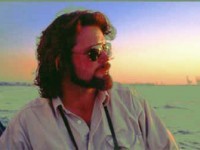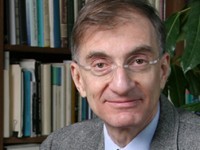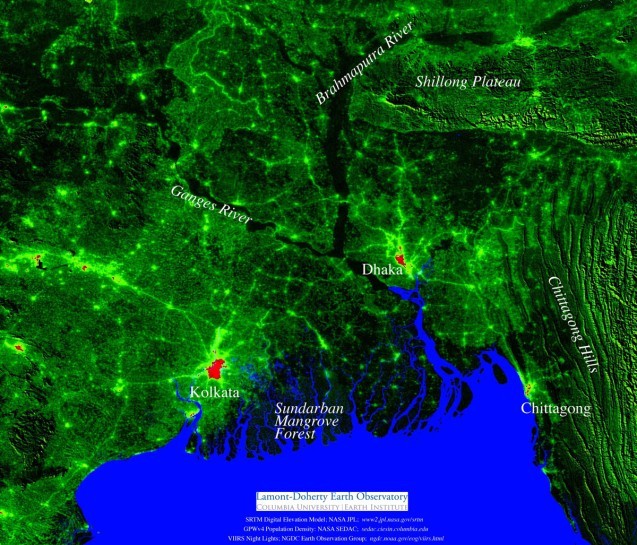A Simple Question, Unexpected Applications – and an Award
Even the simplest research questions can lead to far-reaching public benefits. Consider Chris Small and Joel Cohen’s study of global population by altitude, being honored this week at the Library of Congress.
Even the simplest research questions can lead to far-reaching public benefits. Consider Chris Small and Joel Cohen’s study of global population by altitude, being honored this week at the Library of Congress.
Back when the World Wide Web was just getting started and scientists had to write their own GIS software from scratch, Small and Cohen set out to answer a straight-forward question: How many people live in coastal zones?
They knew their research could help improve safety for low-lying populations at risk of sea-level rise and storm surge flooding. They didn’t imagine that it would also be used to help keep computers from overheating, fight diseases, and even design better snack packaging and soap.
It was 1996, and a back-of-the-envelope estimate had been circulating in the media that probably 60 percent of humanity lived within 100 kilometers of the coast. The implication that such a large percentage of the global population was at risk from sea level rise seemed implausible, so Small, a geophysicist at Lamont-Doherty Earth Observatory who had been working with elevation data, and Cohen, a mathematical biologist and head of the Laboratory of Populations at Rockefeller University and Columbia University, teamed up to map the world’s population by elevation.

Two data sets were just becoming available that would make hypsographic demography, the study of population by altitude, possible. The U.S. Geological Survey had released detailed global elevation data, and a group of geographers was putting together geocoded census data for the planet. Small was able to integrate the data sets, Cohen developed a probabilistic model to explain the combined effects of altitude and latitude, and the two scientists worked together on the statistical analysis. The project, supported by the National Science Foundation and the University Corporation for Atmospheric Research, was an example of the cross-disciplinary research promoted by Columbia University’s Earth Institute and now common in leading research institutions like Lamont.

When Cohen and Small published their results in the Proceedings of the National Academy of Sciences in 1998, they were able to show that about one-third of the population lived within 100 vertical meters of sea level, many in large cities like New York and Tokyo, but a large number in lower-density areas without flood risk planning.
But that was just the beginning of how the team’s work would be applied.
Frito-Lay called. The company was trying to determine whether to invest in developing high-altitude packaging for its snack foods to target the countries of the Andes, where air pressure is lower. That led to additional funding from Frito-Lay for research focused on high-altitude populations.
Procter & Gamble, whose soaps form and mix differently at high altitudes, was considering similar investments and asked Small and Cohen for more data.
Intel knew that cooling microchips efficiently depended on air density and altitude and also wanted to learn more about the researchers’ findings. Today, Small and Cohen’s work underlies standards important to cooling microchips in personal computers.
Cohen and Small’s original paper has been cited at least 96 times in research on topics as wide-ranging as the spread of malaria and avian flu, high-altitude medicine, LED lighting, aerial photography, and the design of spacecraft for human comfort. The research has also informed studies on the risks of sea level rise and storm surges, the kind of knowledge that leads to better building codes and early warning systems that save lives.
“It turned out that because no one had done this before, our research had all these other applications. A lot of those came as a surprise,” Small said.
This week, Small and Cohen are being honored with the Golden Goose Award, presented by the Association of American Universities in collaboration with business and scientific organizations and several members of Congress. The award, in its fourth year, was created to honor researchers whose federally funded work might have seemed simple or obscure but has resulted in significant benefits to society.
“If not for two curious scientists and federal funding, we might have missed key discoveries in manufacturing, medicine and more,” said U.S. Rep. Jim Cooper of Tennessee. “We never know what the next breakthrough will be, but continued investment in research will help us get there.”
Learn more about Chris Small’s research and the work underway at Lamont-Doherty Earth Observatory

